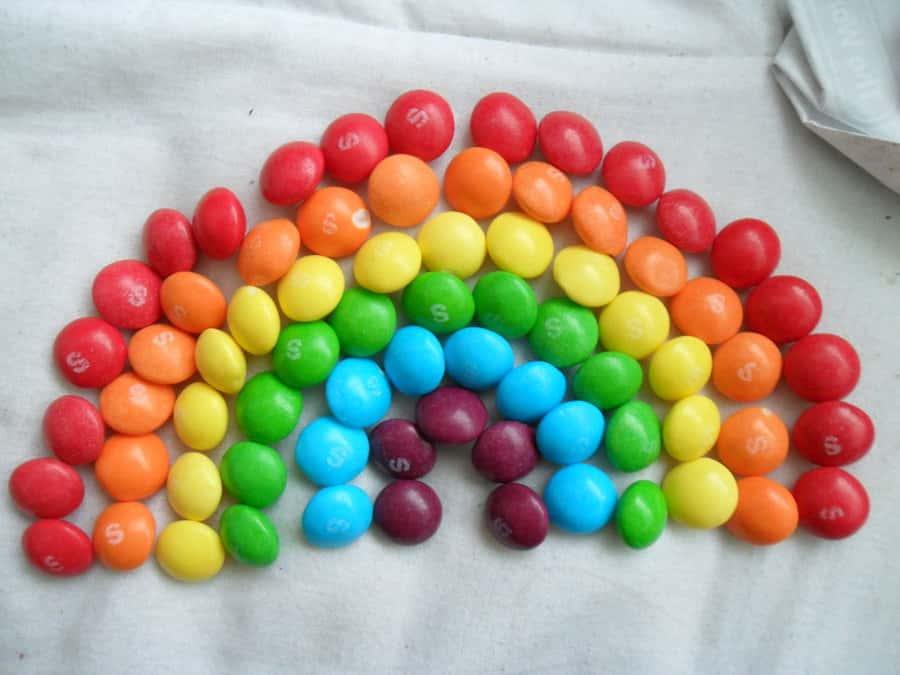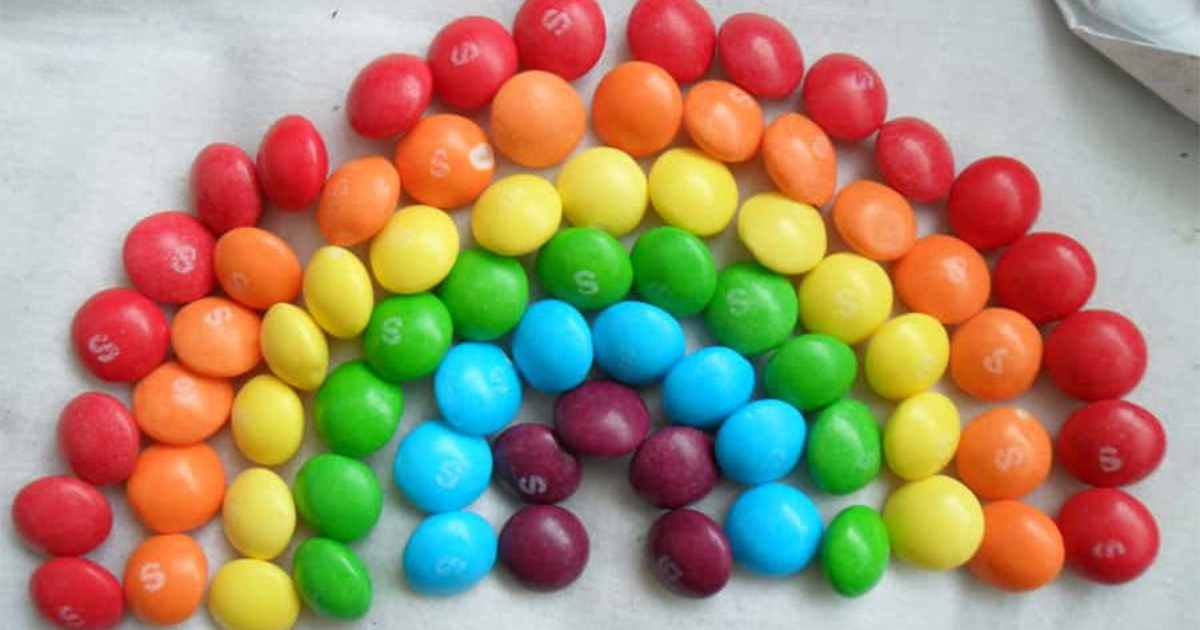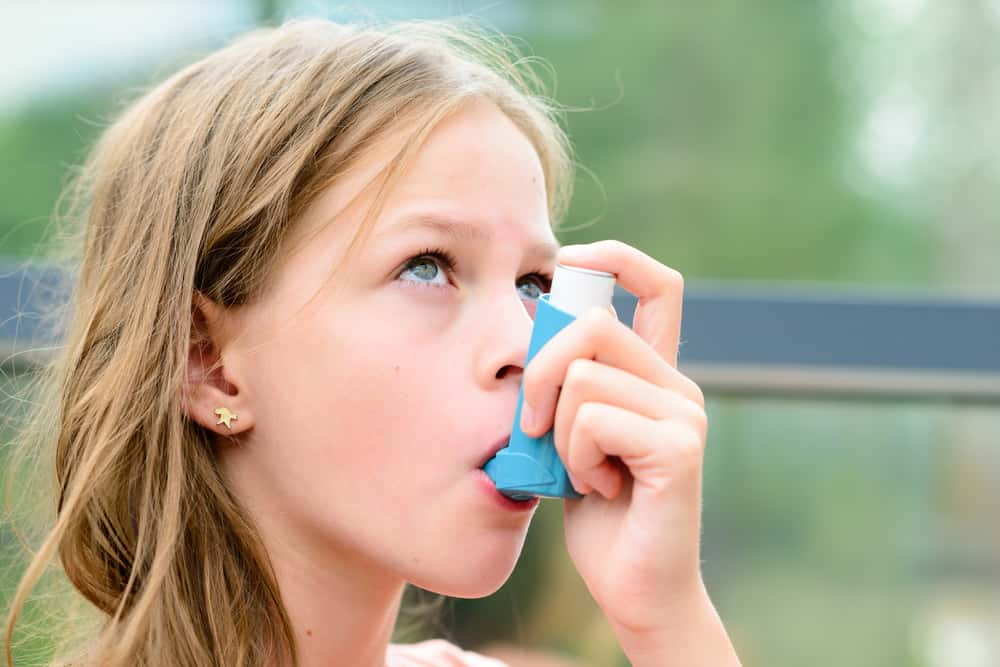The Hidden Hazards of Artificial Food Dyes

From bright candies to colorful breakfast cereals, artificial food dyes are pervasive in our pantries. They may make our foods pop with vibrant hues, but at what cost?
A growing body of research suggests that these synthetic additives can pose significant health and behavioral risks, particularly for children. This article delves into the potential dangers lurking in our food's artificial rainbow.
Increased Hyperactivity in Children
Studies have found a correlation between artificial food dyes and hyperactivity in children.
A University of Southampton study revealed that certain dyes, when combined with the preservative sodium benzoate, increased hyperactivity in children, leading to a call for more stringent regulations on these additives.
Allergic Reactions
Though relatively rare, artificial food dyes can trigger allergic reactions in some individuals.
Symptoms can range from hives and itchiness to more severe reactions requiring medical intervention.
The Center for Science in the Public Interest (CSPI) reports that Red 40, Yellow 5, and Yellow 6 are among the dyes most associated with allergic responses.
Possible Carcinogenic Effects
Some artificial dyes have been linked to cancer in animal studies.
For instance, Red 3 was acknowledged by the FDA as a potential carcinogen after it was found to cause thyroid tumors in rats. Despite this, it remains in use, albeit less commonly than before.
Behavioral Issues Beyond Hyperactivity
Beyond hyperactivity, other behavioral issues in children have been associated with artificial dye consumption. These include irritability, difficulty concentrating, and sleep disturbances.
Parents and teachers alike report anecdotal evidence supporting a diet free from synthetic dyes to improve these behaviors.
Learning Impairments
Artificial food dyes might also contribute to learning impairments. A study conducted by the University of Bordeaux suggested that exposure to these dyes could potentially worsen cognitive function, particularly in children who are already susceptible to learning difficulties.
Association with Attention Deficit Disorders
There's an ongoing debate about whether artificial dyes exacerbate attention deficit hyperactivity disorder (ADHD).
Some parents have noticed an improvement in their children's ADHD symptoms when diets are rid of these additives, prompting calls for further research.
Impact on Immune System Function
Artificial food dyes may have hidden effects on the immune system. Although conclusive human studies are limited, certain animal studies have suggested that some dyes can compromise immune response, potentially leaving the body more susceptible to illness.
Links to Asthma and Respiratory Issues
Research has noted that certain food dyes might be linked to asthma and other respiratory issues.
For instance, Yellow 5 dye contains a compound called tartrazine, which is believed to exacerbate asthma symptoms in a small fraction of the population.
Sign Up For Our Newsletter
Stories that matter — delivered straight to your inbox.
Digestive Distress and Intestinal Health
Some evidence suggests that artificial food dyes can cause digestive distress. According to CSPI, dyes like Red 40 and Yellow 5 can irritate the gastrointestinal lining, leading to symptoms like nausea and abdominal pain.
Influence on Skin Health
Lastly, artificial food dyes may affect skin health. Dermatological conditions, such as eczema and acne, have been anecdotally reported to improve when diets are stripped of artificial dyes, though more research is needed to substantiate these claims.
Final Thoughts

While the allure of rainbow-colored treats is hard to resist, the potential health and behavioral risks they carry, especially for children, are becoming harder to ignore.
As consumers become more health-conscious, the demand for products free from artificial dyes is on the rise, pushing the food industry towards more natural alternatives.











